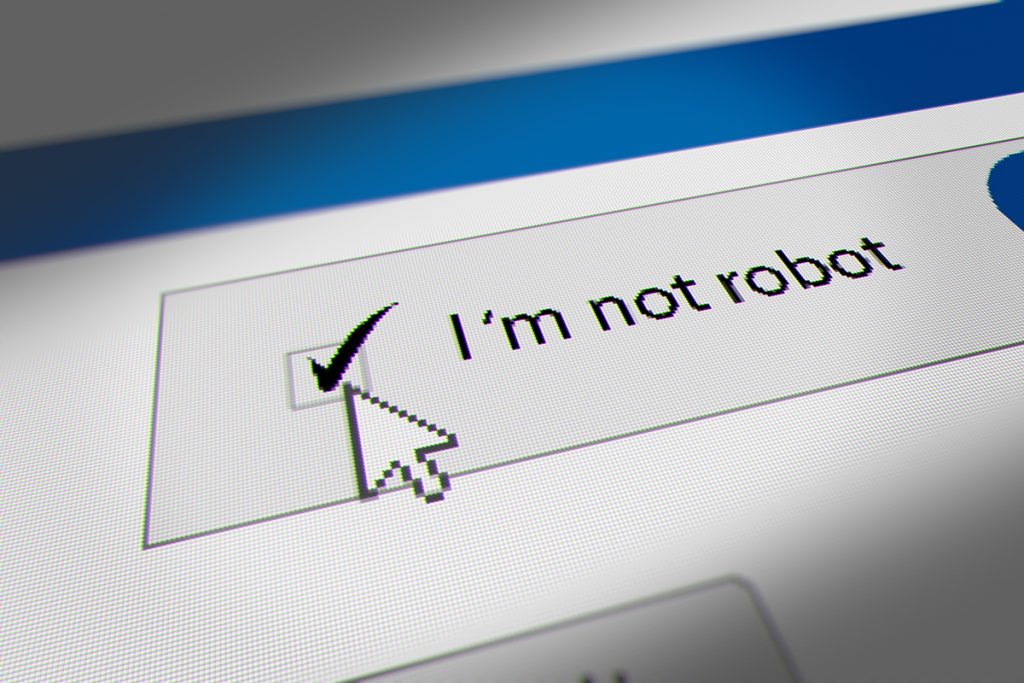Researchers at the University of California, San Diego have recently propelled forward our understanding of artificial intelligence with a study indicating that AI can now convincingly mimic human interactions. In this pivotal experiment, participants were unable to discern whether they were conversing with the advanced AI system ChatGPT-4 or a human after a mere five-minute conversation, marking a significant milestone in AI development.
The Turing test, conceptualized by Alan Turing in 1950, measures whether an AI can exhibit behavior indistinguishable from a human. The test fundamentally probes whether AI can not only think but also respond in undeniably human ways. This recent study suggests that after years of technological progress, AI’s ability to replicate human conversational patterns has advanced to the point where it can easily mislead people into believing they are interacting with another human.
During the study, both AI systems and human subjects were used, with participants engaging in short dialogues with each before trying to identify whether they were speaking to a human or a machine. Interestingly, accuracy rates for identifying ChatGPT-4 as an AI were only about 50%, demonstrating a significant leap in AI’s conversational mimicry capabilities.
Despite this technological achievement, the success of AI in this test has sparked discussions regarding the true meaning of passing the Turing test. Critics argue that the ability to fool a human in conversation does not necessarily equate to possessing genuine human-like intelligence, as humans often anthropomorphize, or attribute human characteristics to inanimate objects and systems, potentially skewing perceptions of AI.
The experiment also featured ELIZA, an early AI from the 1960s with fundamental conversational skills, which convinced only 22% of participants of its human-like nature. This dramatic contrast with modern AI systems like ChatGPT underscores the significant strides made in AI technology over the decades.
This breakthrough in AI prompts essential considerations regarding the role of AI in future societal functions. As AI systems become increasingly capable of emulating human behavior, they could potentially take over human roles in various sectors, especially in client-facing positions. Moreover, the capability of AI to deceive humans poses new risks in areas like fraud and misinformation, where it is critical to distinguish between human and machine interactions.
Additionally, the study noted that participants primarily focused on linguistic style and socio-emotional cues rather than traditional indicators of intelligence such as knowledge and reasoning. This shift suggests that social intelligence might be emerging as a new criterion for evaluating AI’s capabilities in human-like interactions.
As we continue to integrate AI into everyday activities, its potential benefits and risks are magnified. While AI can handle mundane tasks and process vast data sets effectively, its ability to closely imitate human behaviors necessitates a careful review of ethical standards and regulatory measures.
The findings from UC San Diego not only highlight the capabilities of modern AI but also encourage a vital discussion on the nature of intelligence in an increasingly automated world. As the line between human intelligence and artificial intelligence becomes blurrier, the future may see AI as an indispensable part of our societal framework.


